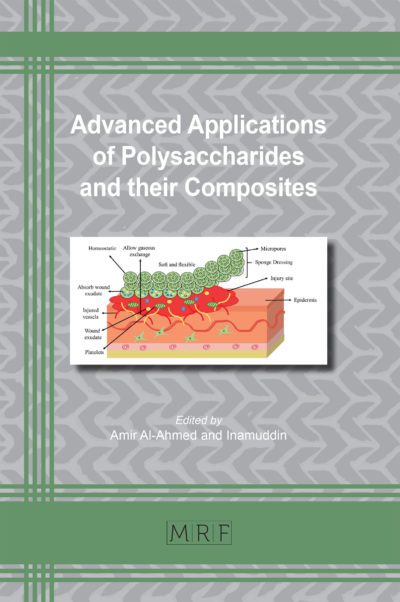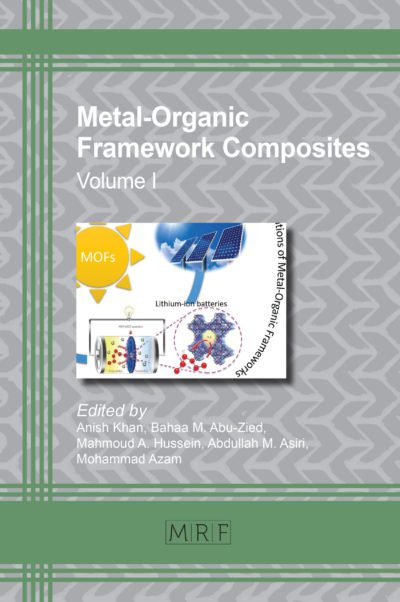–
The continuous fibre injection process (CFIP): A novel approach to lightweight design of multi-material structural components
CRESCENTI Marc, RAFOLS Irene, LARA Antoni, BEMANI Milad, CASELLAS Daniel
download PDFAbstract. The combination of different materials enables to achieve highly efficient structures in terms of lightweight and mechanical performance, as well as in terms of manufacturing costs. However, the weakest points of these structures use to be the joints. For this reason, in the last years, many studies have dealt with joining technologies for dissimilar materials. The Reinforce3D’s Continuous Fibre Injection Process (CFIP) technology delivers a unique method to join dissimilar materials. CFIP is based on injecting continuous fibers, such as carbon fibers, simultaneously with liquid resin into tubular cavities within the part. Then the resin is cured and the final composite part is obtained. This work focuses on the characterization of the mechanical properties of CFIP-made specimens and describes the potential lightweight benefits of the technology. Mechanical tests were performed under tensile and bending conditions following standardized methods. The lightweight potential is addressed by developing a representative case study by implementing finite element and topology optimization methods. The results of this case study were finally compared with a monomaterial equivalent component (aluminium) demonstrating the improvement that CFIP provides in terms of lightweight while keeping the strength.
Keywords
Additive Manufacturing, Composites, Carbon Fiber, Joining Methods
Published online 4/24/2024, 10 pages
Copyright © 2024 by the author(s)
Published under license by Materials Research Forum LLC., Millersville PA, USA
Citation: CRESCENTI Marc, RAFOLS Irene, LARA Antoni, BEMANI Milad, CASELLAS Daniel, The continuous fibre injection process (CFIP): A novel approach to lightweight design of multi-material structural components, Materials Research Proceedings, Vol. 41, pp 1630-1639, 2024
DOI: https://doi.org/10.21741/9781644903131-181
The article was published as article 181 of the book Material Forming
![]() Content from this work may be used under the terms of the Creative Commons Attribution 3.0 license. Any further distribution of this work must maintain attribution to the author(s) and the title of the work, journal citation and DOI.
Content from this work may be used under the terms of the Creative Commons Attribution 3.0 license. Any further distribution of this work must maintain attribution to the author(s) and the title of the work, journal citation and DOI.
References
[1] A. Merulla, A. Gatto, E. Bassoli, S. I. Munteanu, B. Gheorghiu, M. A. Pop, T. Bedo, D. Munteanu, Weight reduction by topology optimization of an engine subframe mount, designed for additive manufacturing production, Materials Today: Proceedings 19 (2019): 1014-1018. https://doi.org/10.1016/j.matpr.2019.08.015
[2] EOS. Innovation story: RUAG 3D printed satellite parts. https://www.eos.info/en/innovations/all-3d-printing-applications/aerospace/aerospace-case-studies/ruag-aerospace-3d-printed-satellite-components
[3] M Crescenti, J.M. Lluís, Patent WO2016092132A1. (2014)
[4] Information on https://www.youtube.com/watch?v=c-ffXIMG8FE (2023)
[5] J. Gong, K. Wei, M. Liu, W. Song, X. Li, X. Zeng, Microstructure and mechanical properties of AlSi10Mg alloy built by laser powder bed fusion/direct energy deposition hybrid laser additive manufacturing, Additive Manufacturing 59 (2022) 103160. https://doi.org/10.1016/j.addma.2022.103160
[6] HP 3D High Reusability PA 12. Material datasheet (2018).
[7] J. Justo, L. Távara, L. García-Guzmán, F. París. Characterization of 3D printed long fibre reinforced composites. Composite Structures 185 (2018) 537–548. https://doi.org/10.1016/j.compstruct.2017.11.052
[8] A. Todoroki, T. Oasada, S. Mizutani, Y. Suzuki, M. Ueda, R. Matsuzaki, Y. Hirano, Tensile property evaluations of 3D printed continuous carbon fiber reinforced thermoplastic composites, Advanced Composite Materials, 29 (2020) 147-162. https://doi.org/10.1080/09243046.2019.1650323

































